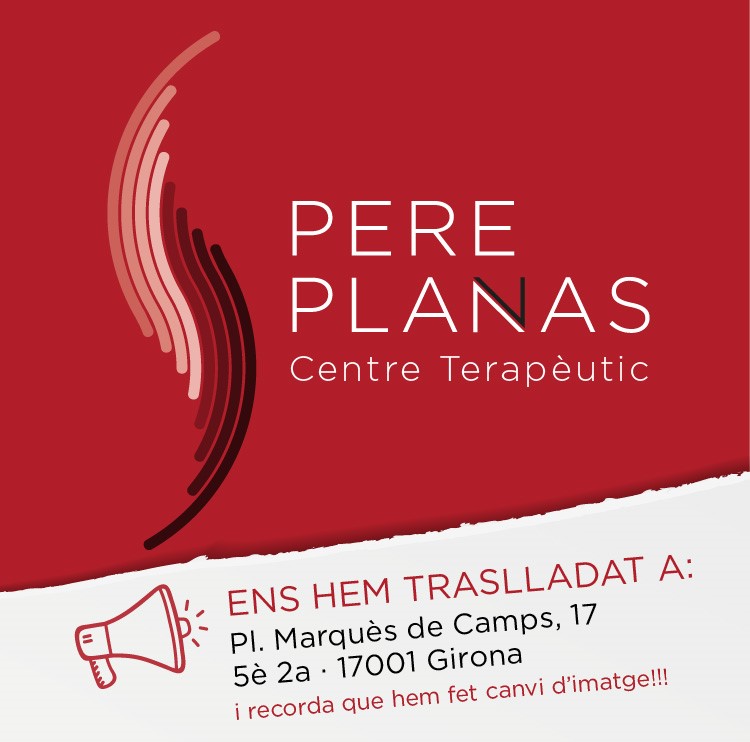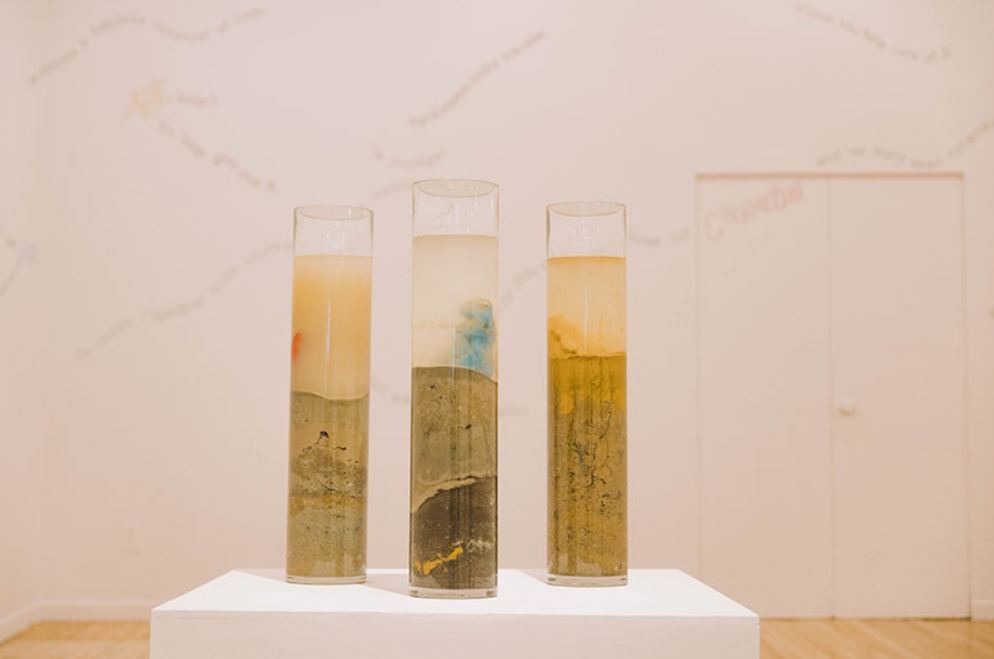
The Granollers Museum reopens its doors tomorrow, December 20, with a new exhibition proposal that marks the return of the institution after its closure for the installation of a new air conditioning system. The first two exhibitions that inaugurate the reopening of the museum focus on the history and heritage of Granollers, transporting us to the Roman and medieval periods of the city.
'Stories without Words' is an exhibition that, through the altarpiece of Sant Esteve in Granollers and with the collaboration of the National Museum of Art of Catalonia (MNAC), brings us closer to medieval art. The exhibition presents a selection of objects from the Gothic church of Sant Esteve and proposes a symbolic journey through Granollers in the Low Medieval period. Among the outstanding pieces are the 13 corbels of the parish church of Sant Esteve and the altarpiece of Sant Sebastià and Sant Eloi, the work of the Vergós workshop, originally from the side chapel of the church of Sant Esteve. Two audiovisual pieces complement the exhibition: the first recreates the construction of the Gothic church of Sant Esteve, while the second explores medieval workshops and the indoctrinating nature of the altarpieces of the period. The tour ends with an emblematic altarpiece made up of 13 panels illustrating 14 scenes , a true gem of Catalan Gothic that reflects the transition from the 15th to the 16th century. This exhibition is a joint project led by the Granollers Museum, curated by Glòria Fusté, in collaboration with the National Museum of Art of Catalonia.

In parallel, the exhibition 'In illo tempore' brings us closer to Roman Granollers from almost 2,000 years ago. This exhibition, with more than 300 pieces mostly from Granollers, shows the wealth of the city at that time, where the villa was both a production center and a luxury residence. Through archaeological remains and virtual reconstructions, the exhibition allows us to discover how the villa was built, what was produced there and what was traded. The selection of objects, such as amphorae, coins, jars or mosaics, which have been restored especially for the exhibition. This exhibition has been awarded the Musa 2023 prize of the XXXI Auriga Awards for the best exhibition on the ancient world, recognizing the information it provides and the new reading that Granollers of the Roman era provides.

In the rooms dedicated to contemporary art, the Museu de Granollers presents 'Antibiografia', a proposal curated by Alexandra Laudo that reflects on the human drive to self-represent in the digital age. The exhibition addresses issues such as the limits of self-representability, the autobiographical genre and the public overexposure of the self through the works of national and international artists such as Martínez Bellido, Francele Cocco, Estampa, Juan David Galindo, Pere Noguera, Mateo Maté and Mercè Soler , among others. The projects on display question the foundations of self-portraiture and the conventions of the autobiographical genre through a dissident and evasive vision. This exhibition, produced by the Centre d'Art Maristany in Sant Cugat del Vallès and which will travel through the Generalitat de Catalunya , invites us to think about the way in which the self is constructed and presented in contemporary society, in a critical reflection on individuality in an increasingly interconnected world.

Finally, the Open Space of the museum hosts 'TRASH Studio Lab', a project by Anna Estany , curated by Joan Morey , which becomes a proposal for reflection on the body, clothing and the construction of identity. The exhibition transforms the space into an experimental laboratory where art and fashion mix and propose a shared experience with visitors. The project explores two vital stages of the individual: adolescence, in which symbols and public image are of great importance, and maturity, when experience and reflection on the past define our identity and the way we perceive the world. Through practices such as obsessive accumulation, textile recycling and colorful dripping, Anna Estany offers a radical look that challenges social conventions and material norms. The installation includes pieces of art, clothing, accessories, furniture and images, and is activated with work sessions, talks and performances.
With these four exhibition proposals, the Granollers Museum returns by opening a dialogue between the past and the present, between medieval art, Roman history and contemporary practices, offering a reflection on origins, heritage, identity and the way in which we construct and represent ourselves.










